The historical and the current presence of the Indigenous people in Tibet (My Country), which is currently under the illegal occupation of the People’s Republic of China since 1951.
Tibet a nation with unique culture, language and religion has been under the illegal occupation of China since 1951. The Communist Government of China proclaimed its sovereignty over Tibet through the Seventeen Point Agreement 1951; a document deemed invalid by the 14th Dalai Lama because it was forced upon Tibet by means of coercion and deceptions. To demonstrate how the Indigenous people of Tibet lost their nation and how the settlers have historically treated them, I will talk about the historical presence of Tibetans in Tibet followed by the current snapshot of Tibetans living in Tibet. Secondly, I will talk about the indigenous places in Tibet and how it has been exploited and modernized by Chinese Government. Further, I will talk about the specifics of the two treaties; the Shimla Treaty 1914 and the Seventeen Point Agreement 1951 and the parts we (Tibetans) inhibit the most and lastly I will talk about how the early settlers interacted with the Indigenous people and the presence of Tibetans in Tibet today.
Geographically, Tibet is located on the roof of the World. It extends from the Himalayas to the deserts of Inner Asia. Culturally, Tibet is identified with its eccentric Tibetan Buddhism, and it’s governing under the spiritual leader, the Dalai Lama. Tibet is depicted as a land of wilderness where civilization prevailed relatively late through the divine agency of Bodhisattva (Kapstein, 2006).
Following China’s Communist Revolution in 1948, China invaded Tibet in 1950 to make Tibet a permanent part of China. After a failed uprising on March 10, 1959, the 14th Dalai Lama fled Tibet followed by a mass exodus of Tibetans across the Himalayas to seek refuge in India. Post-1959, the People’s Republic of China have exercised total political, economic and social control over Tibet ensuring limited access of media inside the illegally occupied Tibet.
Regarding the historical presence of Tibetans in Tibet, we can say that Tibetans have historically lived as nomads and farmers whose livelihood was based exclusively on the cultivation of highland barley and husbandry of sheep and yaks. Tibet’s vital, productive resources were land, and the unit of production was the household. Similar to the indigenous people of North America, Tibetan culture is flooded with creation stories and myths. One of the stories about the origin of Indigenous people of Tibet, it mentioned that Tibetans were originally monkeys, that in the ancient times, Tibet was solely inhibited by female and male demons. So, to populate the region with people and to make it the mecca of Buddhism, a Bodhisattva Avalokiteshvara took the shape of the monkey and became a husband to one of the female demons, and this marriage gave birth to the Tibetan people (Kapstein, 2006). Historically, 90 percent of people in Tibet are ethnic Tibetan Buddhists, and their presence in Tibet prevails over 21,000 years (Dharamsala Net.n.d). Tibetan population before the illegal occupation by the Communist Government of the People’s Republic of China were dispersed over the three provinces; U-Tsang, Kham, and Amdo. Most of the population concentrated in the three largest cities, Shigatse, Gyantse and Lhasa (Kuzmin, 2011).
Today, China is home to more than 5.4 million Tibetans according to the 2000 Chinese census with less than half of them living in the Tibetan Autonomous Region. Post-1959 after the illegal occupation of Tibet, the Chinese Communist Government, demarcated only U-Tsang as the Tibetan Autonomous Region. This Tibetan Autonomous Region is exclusively under the administration of Beijing with limited representation. The other two provinces Amdo and Kham where most of the Tibetans of nomadic ancestry reside have entirely lost the element of self-governance. Today these Tibetans of nomadic ancestry in Amdo and Kham live in protected areas comparable to the reservation where Indigenous people of Canada live. These two provinces despite its remote locations are dominated by Han-Chinese and other non-Tibetan minorities of China (MacPherson et al., 2008). China has made tremendous efforts to destroy the Tibetan Nomadic way of life by relocating more than two million nomads from Amdo and Kham region to urban areas where they are socially and economically marginalized facing immense poverty and unemployment (Tibet’s History, n.d). Similar to the indigenous people in Canada, the Tibetans who live in the reservations resist development projects such as the building of mines and construction of dams that threatens their environment and their indigenous lands having significant religious connotations.
The Tibetan diaspora those born in Tibet and those of Tibetan Ancestry comprise 122,078 Tibetans living in exile in Asia, Europe and North America (MacPherson et al., 2008). The Tibetans living in the People’s Republic of China and inside the Tibetan Autonomous Region do not enjoy the freedom to practice the teachings of the Dalai Lama and, efforts to preserve the Tibetan language and culture is met with punitive measures such as incarceration, torture and sometimes death penalty. Today Tibetan inside the Tibetan Autonomous Region and the once living in China face brutality on a daily basis where the Communist Government of China uses all form of forces to eradicate Tibetan resistance against the Beijing Government (Tibet’s History, n.d).
In 2016 and 2017, the US Think Tank Freedom House ranked Tibet among the worst place in the World regarding the denial of Freedom (Tibet’s History. n.d). Today every aspect of the life of indigenous people in Tibet is under siege and closely monitored. Firstly, the Tibetan language is completely different from the Chinese language, and today Chinese has replaced Tibetan as the official language of the Government, business, and education. In response to this genocide of Tibetan language, Tibetans inside Tibet such as Kelsang Yarphel was sentenced to four years in prison for writing a song calling for the use of Tibetan mother tongue. (Tibet’s History, n.d). Secondly, Tibetans’ religious freedom is breached in many ways, for instance, the Tibetans inside Tibet are highly discouraged from worshiping the Dalai Lama, that simply possessing a picture of Dalai Lama can result in the person’s indefinite detention and torture (Tibet’s History. n.d). Monks and nuns compose a huge potion of the political prisoners in China just because of their commitment to preserving Tibetan Buddhism, as it is perceived as a threat to the Chinese Communist Government’s goal of eradicating all form of Tibetan identity.
Further, peaceful protest by Tibetans to resist the authoritative rule of the Communist Government is often retaliated with brutal and unnecessary force. An act simple as waiving a Tibetan flag can result in indefinite detention. Today, like the indigenous people of Canada, Tibetan in Tibet has been diminished as minorities in its own country.
There are not many treaties signed between Tibet and the People’s Republic of China. The two important ones are the Shimla Treaty 1914 and the Seventeen Point Agreement 1951. In 1912 Tibet had become an independent country after it had banished the Manchu Garrison of Qing Dynasty who after invading Tibet in 1720 had established a Chinese protectorate over Tibet. In 1914, the King of United Kingdom, the President of China and His Holiness the 13th Dalai Lama met in Shimla, India to negotiate borders. The Shimla Treaty of 1914 recognized the secular control of Qinghai to China and the autonomy of the rest of Tibet. However, China did not agree to sign the Shimla Treaty and considered itself not bound by the terms of this document (Tibet’s History. n.d).
Following their disagreement to sign the Shimla Treaty 1914, the Chinese Government never accepted the full autonomy of Tibet. After the Communist regime was launched in China in 1950, the People’s Republic of China decided to launch an invasion in Tibet to make it a permanent part of China. Invasion of Tibet led by 40,000 Chinese troops in un-ventured territories of Tibet forced the then teenager the 14th Dalai Lama to recognize the Communist Government of China’s authority over Tibet in return for promises that the Chinese Communist Government will protect Tibet’s political structure, culture, and Tibetan Buddhism. To officially affirm the sovereignty of the People’s Republic of China over Tibet, the Seventeen Point agreement was signed in 23RD May 1951 by the delegates of the Central People’s Government and the delegate of the Local Government of Tibet. The Seventeen Point Agreement 1951 was proposed by the Chinese Government under the pretext that Tibetans would be free from the Imperialist forces plaguing the authentic country and would enjoy the same rights and equality enjoyed by the rest of the nation. It was portrayed as a document that consolidated the peaceful liberation of Tibet. In Peking, the delegates of both the countries are said to have agreed to the document consisting seventeen points, and a document through which Tibetans not just lost their nation, but all their basic rights as humans (Legal materials on Tibet. n.d).
The promises made by the Chinese Government in the Seventeen Point Agreement 1951 was never delivered; instead, they began engage in cultural genocide of Tibet. The first three points highlighted the sovereignty of China over Tibet, followed by other points, which highlighted the promises they would deliver for the exchange of peaceful liberation of Tibet to China. Point four talked about promises to not alter the political system of Tibet. But looking at what happened post-1959 the political system of Tibet is completely altered with the absence of the Dalai Lama, the most important political figure of Tibet. Point five mentions that the status, functions and the powers of the Panchen Ngoerhtehni shall be maintained.
For most of the Tibetans this is the most inhibited point of this agreement because, Panchen Lama is the second highest spiritual figure in Tibetan Buddhism and the Chinese Government did not just abandon this promise but the 11th Panchen Lama, a six-year-old boy named Gedhun Choekyi Nyima, recognised as the reincarnation of the 10th Panchen Lama by the Dalai Lama was taken into custody by the Chinese Government and has been missing since then. The 11th Panchen Lama is considered to be the World’s youngest and the longest-serving political prisoner (Tibet’s History, n.d).
Furthermore, the seventh point of the agreement promised to protect the religious rights of the Tibetans but based on the brutal punitive measures used against the indigenous people of Tibet, monks, and nuns when showing any allegiance to their spiritual and religious leader the Dalai Lama, we can conclude that they have failed to bind themselves to the agreements of this document. The other points of the Seventeen Point Agreement 1951 promised to reform Tibet socially, economically and politically only after consultation with the leading personnel of Tibet. These points are blatantly deceptive because post-1959, there has been no single Tibetan appointed to represent the interest of the Tibetan Indigenous people living in the Tibetan Autonomous Region (Legal materials on Tibet. n.d).
Similar to the treaties signed between the Canadian state and the Indigenous people of Canada, the Seventeen Point Agreement was deceptive and incorporated terms that were extremely vague and broad. Point nine of the agreement states that “the spoken and the written language and school education of Tibetan nationality will be developed step by step by the actual condition in Tibet.” The idea in this point that the language will be developed step by step in “accordance with the actual condition in Tibet” is very vague and suggests broad interpretation. Similarly, point ten stated that the Tibetan agriculture, the economy would be developed “by the actual condition in Tibet.” Based on these points, the Chinese Government was stating that they would change these structures in Tibet because they already knew what the condition of Tibet would be after the affirmation of China’s sovereignty over Tibet (Legal materials on Tibet. n.d).
Tibetan official was inexperienced in treaties and international relations. So when the Tibetan delegates attempted to object some terms of the agreement, such as the point one which mentioned the presence of imperial forces in Tibet, they later conceded to it thinking that such forces might be present and they might not have been aware of it. Moreover the meaning of “national autonomy region” was not discussed because the Tibetan delegates assumed that thing would go as they were before. Other points were accepted without comments or with minor translation adjustments (Legal materials on Tibet. n.d).
Tibet, today is considered to be under the illegal occupation of China because according to the Central Tibetan Administration formed by the Tibetan Government in Exile in 1960 considered it invalid because the Seventeen Point Agreement was signed upon duress that the Chinese Communist Government would use military force against Central Tibet if the agreement were not concluded. Even His Holiness, the 14th Dalai Lama, repudiated the agreement on many occasions. The Tibetan Government in Exile stated that some members of the Tibetan Cabinet such as the Prime Minister Lukhangwa never accepted the agreement. It is also said that the Chinese Government did not allow the Tibetan delegates to communicate with Lhasa (the capital city of Tibet) when signing the agreement in 1951 (Legal materials on Tibet. n.d).
The most inhibited part of this Seventeen Point Agreement 1951 is that the Chinese Government allegedly used forged Tibetan Government seals to conclude the agreement. The Tibetan delegates did not have the official Government seals to sign the agreement, and according to the 14th Dalai Lama, the official seal was with him in Dromo. Only the chief delegate Ngawang Jigme had the seal, but he never used it. The other delegates possessed personal seals with their names on it but denied possessing it, so the Chinese Government duplicated the seals with their names in Beijing. This was clearly an act of coercion because the act of denying the possession of seals by the Tibetan delegates indicates that they did not want to sign the agreement. Nevertheless, with the threat that the Chinese Government would use military force against central Tibet, they were forced to sign the documents with the forged seals. To reiterate; these seals imprinting the delegates’ names were not the official Tibet Government seals that could validate the transfer of Tibet over to the People’s Republic of China. Further to substantiate, the idea that these seals were forged; the seals possessed grammatical errors as Chinese were not familiar with the Tibetan script (Kuzmin, 2011).
After sovereignty of China was proclaimed in 1951, they continued to fail to deliver the promises mentioned in the Seventeen Point Agreement 1951. The authoritative rule over Tibet signaled the Chinese Government’s intention to abduct the 14th Dalai Lama, so Tibetans resistance came to its peak on the 10th March 1959 where thousands of Tibetans surrounded Potala Palace in Lhasa to protect the Dalai Lama from being abducted. This resistance was suppressed with the employment of brutal force.
Following this failed uprising, the 14th Dalai Lama fled to India. The early settlers who settled in Tibet right after 1951 had been treating the Tibetan indigenous people as bare life dispossessing them of all the basic rights and freedoms (Tibet’s History, n.d).
One event that demonstrates how the early Chinese settlers interacted with Tibet is the famine of 1961-1962. Mao Zedong’s improperly planned Great Leap Forward campaign affected Tibet dramatically because of his attempts to transform the agrarian Tibet into a communist society killed thousands of Tibetan nomads and other indigenous people because it left them without food. Further from 1966- 1977 Mao Zedong’s communist policies led to the destruction of thousand of Tibetan monasteries and historical sites (Tibet’s History, n.d). Lastly, the way the early Chinese settlers interacted with the Tibetans were exclusively marked with coercing young Tibetan women into prostitution and torture, use of torture as narrated by elders living in exile where he mentions that he was tied and suspended from the beam of a roof and underneath him chili was burned with door and windows shut (Tibet Oral History Project, n.d).
Unlike, indigenous people living in Canada today, Tibetans currently living inside Tibet do not have the freedom to form association resisting the Communist regime. Almost every Tibetan people’s acts are closely monitored. However, today Tibetans have adopted numerous ways to preserve their culture and identity by showing signs of resistance. Such as the nomads blocking the arrival of the construction vehicle, student protesting in the street with the poster of the 14th Dalai Lama and marking every Wednesday as “white Wednesday” also known as Lhakar, a movement to promote and preserve Tibetan culture and language. However, these non-violent and peaceful acts of resistance are often met with brutal punitive measures (Tibet’s History, n.d). Nevertheless, Tibetans living in exile all over the World have numerous organizations such as the Regional Tibetan Youth Congress, Students for Free Tibet, Palyul Ling Ningmapa centers, the Government of Tibet in exile and many other (Dharamsala Net. n.d). These organization and centers operating outside Tibet and Tibetans inside Tibet continue to show resistance and hope for a free Tibet.

To conclude, Tibetans living inside and outside Tibet continue to resist the illegal occupation of their indigenous nation by the People’s Republic of China, and to this day the indigenous people of Tibet suffer immense human rights violations.

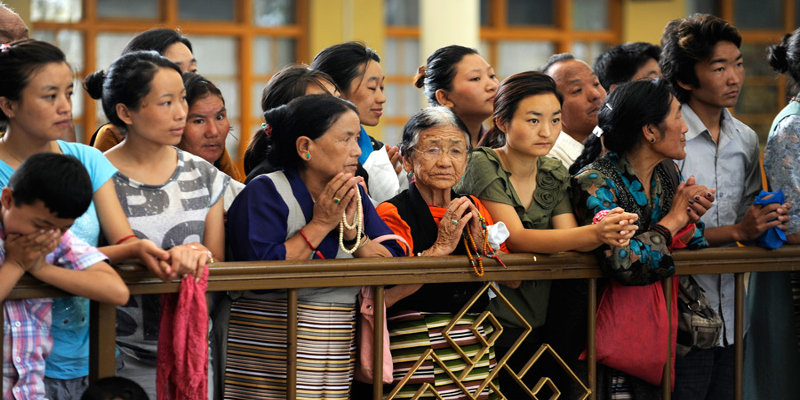
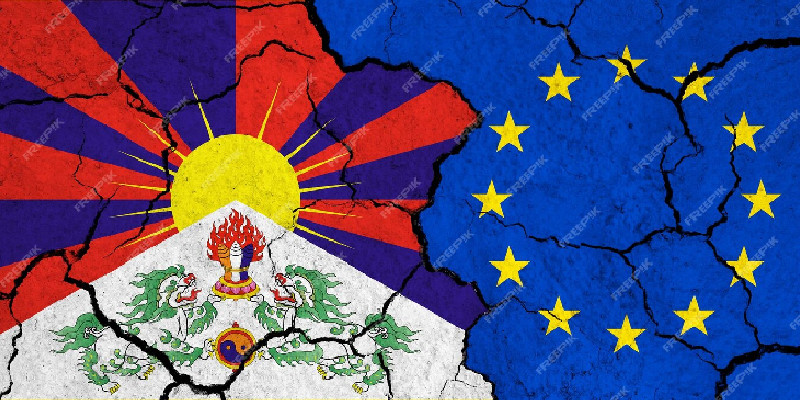
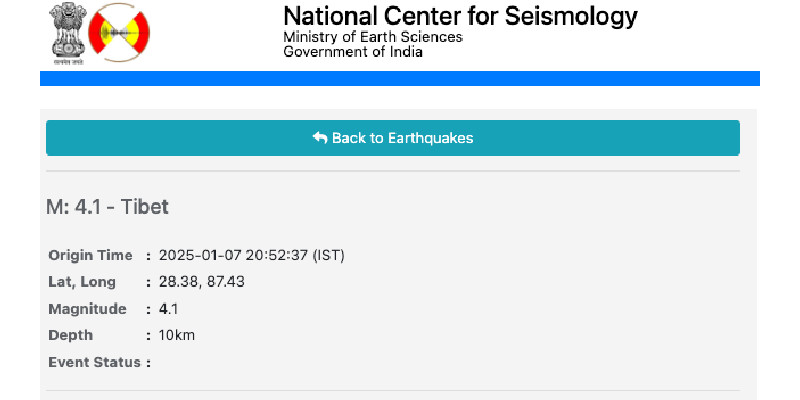
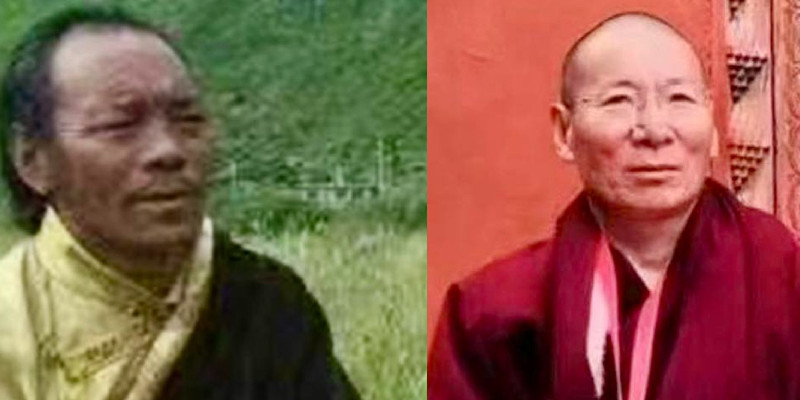
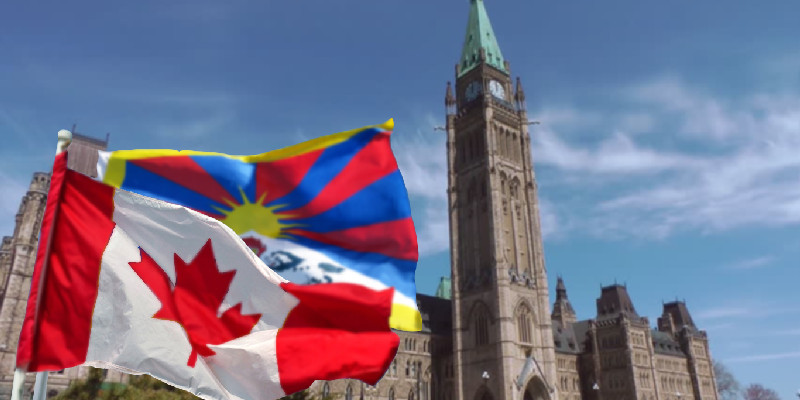

Leave a Reply